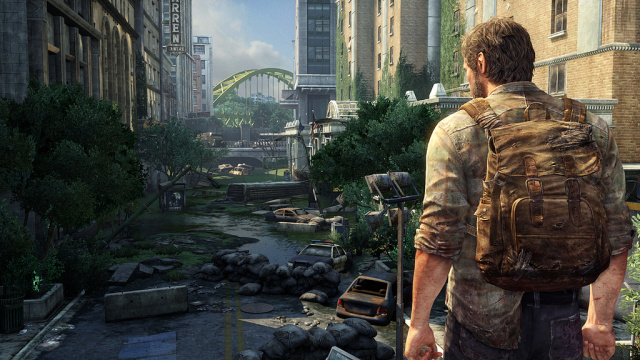Crysis 3, The Last of Us and the new post-apocalyptic trend
For decades, video games have loved post-apocalyptic settings. The prospect of the removal of all previous social rules allowed writers and developers to let their imaginations run wild – although their ideas invariably took the form of the rise of some totalitarian power or megalomaniacal lunatic with his own personal army. Traditionally, the settings for such tales were also fairly standard, consisting of a world of grey concrete blocks and other industrial settings and textures, occasionally billowing smoke. Now though, led by Crysis 3 and The Last of Us, developers are becoming increasingly interested in post-apocalyptic worlds where mother nature has taken over, producing worlds where lush vegetation and rampant water have taken over what used to be thriving metropolises.
On one level, this shift has a purely technical explanation, with game hardware only now having caught up to the point where processing a living, organic world and making it believable is possible. Part of the explanation for the previous reliance on an all-pervading world of grey concrete was that it required little to no animation, in contrast to the complex processes of swaying grass and flowing rivers that need to be mapped with accurate physics and then powered by the game engine so they respond dynamically to the player. Now that hardware has caught up, a new world of living settings has been opened up.
These settings also offer new exciting new opportunities for gameplay, with Crysis 3’s new tagline of “the hunted becomes the hunter” directly inspired by the game’s new urban rainforest setting, as has the introduction of a collapsible bow as a central weapon, an addition no doubt designed to reinforce the hunting motif. Already, one video released for Crysis 3 showed an electric weapon being used to electrocute two enemies standing in a swampy lake, while the game’s marketing materials are keen to stress the game’s “seven wonders” – seven distinct natural environments that pose new challenges and offer new opportunities for the player, of which only swamps and canyons have been revealed so far. While less has been revealed about the ways in which The Last of Us will use its setting, the return to nature shown in the game’s environment does seem to carry into the game in the way that Joel, the game’s protagonist, is forced to scavenge and return to his animal instincts in order to survive.
While gameplay opportunities and hardware enhancements undoubtedly partially explain the shift towards natural settings where the sheer power of Mother Nature is showcased, it is also likely that game developers are also being influenced, perhaps even on a subconscious level, by the heightened consciousness of natural disasters and extreme climate events following well-publicised debates about global warming and climate change. These settings are not just exciting worlds for new gameplay then, but the fictionalised representations of our potential dystopian futures as well.
Authored By : Cem Ernaz – Mavens.co.uk


